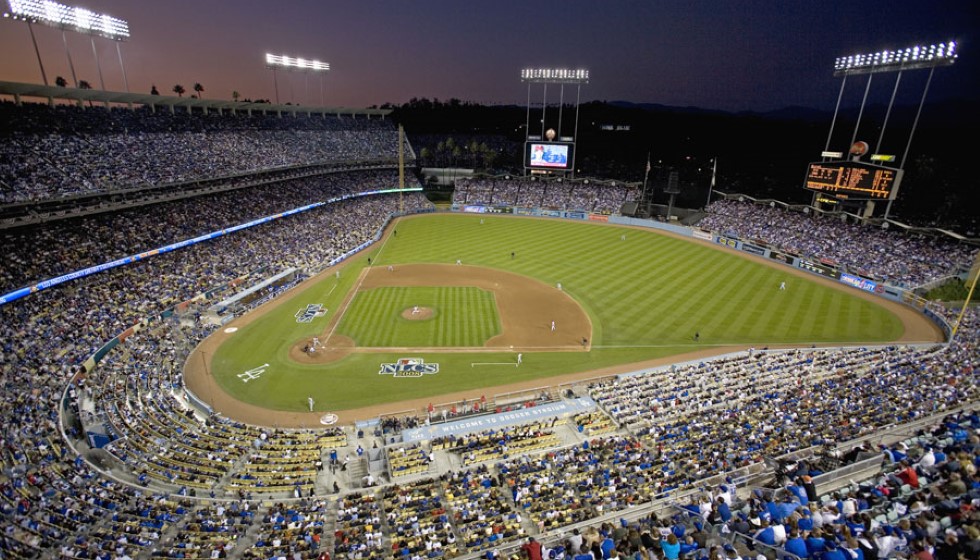
Tropicana Field: Weathering the Storm
In the wake of Hurricane Milton, the iconic Tropicana Field, home to the Tampa Bay Rays, stands as a testament to resilience and engineering prowess, even as it took a battering from nature's fury. Known for its distinctive domed roof, Tropicana Field sustained significant damage during the hurricane, prompting questions about its future and the impact on local sports culture.
A Comprehensive Structure Under Duress
Constructed with a design meant to withstand substantial weather challenges, the dome at Tropicana Field features a unique cable-supported structure that sprawls over six acres. The translucent, Teflon-coated fiberglass roof, upheld by an intricate network comprising 180 miles of cables and struts, was engineered to endure winds reaching up to 115 miles per hour. However, Hurricane Milton, which made landfall as a Category 3 storm in Siesta Key, pushed the limits of this design.
As wind gusts of up to 101 mph were recorded in proximity to the stadium, the roof's endurance was notably tested. Despite its robust construction, the storm's intensity inflicted severe damage, raising questions about the long-term sustainability of the dome.
A Community Hub in Crisis
Prior to its assault on the structure, Tropicana Field had been earmarked as a strategic base for emergency responders. Governor Rick DeSantis reassured the public, stating, "First responders had moved to a safe location prior to the storm's landfall and were not inside Tropicana Field when it sustained damage." This proactive step ensured the safety of personnel while allowing the focus to remain on community and crisis response during the storm's peak.
The hurricane left a harsh footprint across the region, with nearly two million residents experiencing power outages. St. Petersburg alone recorded more than 16 inches of rainfall in just 24 hours, encapsulating the gravity of the situation.
The Future Awaits
The aftermath of Hurricane Milton coincides with the already underway dialogue about the future of the Rays' home games. Earlier this year, Pinellas County commissioners had approved public funding to construct a new ballpark for the Rays, potentially signaling a pivotal moment in the evolution of Tampa Bay's sporting facilities.
Tropicana Field has not only hosted baseball since 1998 but also orchestrated a variety of other events, cementing its role as a versatile venue. The latest damage might hasten discussions about the benefits and timing of new construction, presenting opportunities to blend heritage with modernity.
The integration of a new stadium marks a significant juncture for the Rays and their fans, promising a venue that accommodates contemporary needs while respecting the legacy embodied by Tropicana Field. Although the storm has accelerated these discussions, the commitment to community and sport remains steadfast.
As the Tampa Bay Rays and surrounding community navigate the repercussions of this natural disaster, the road to recovery and renewal opens avenues for innovative planning and renewed resilience. Whether repairing the current structure or embracing the development of a new arena, the spirit of sportsmanship and solidarity will undeniably guide the way forward.